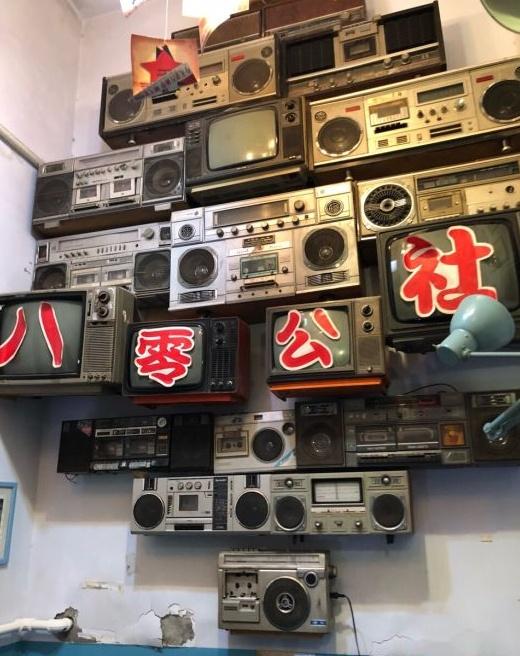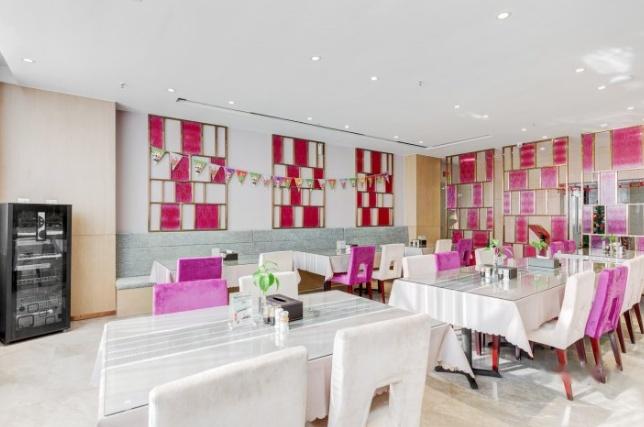2-day trip to Sun Tzu's Art of War City and Weiji Ancient Village in Binzhou
1 cities |
6 attraction(s) |
total distance 59
km
 TIPS
TIPS
Day1
Day2
Day1: Binzhou
4 attraction(s) ·
58 km
1
Family-style restaurant, small storefront, nice environment, crowded, delicious food. Recommended dishes: grilled fish, seafood dumpling soup, shrimp sauce steamed buns, stir-fried chicken, etc.
6
km
2
The Chinese Sun Tzu Art of War City is the first sacred temple of Chinese military studies, built on the ancient city ruins of the Song Dynasty with a history of a thousand years. It is located in the northwest corner of Huimin County, Shandong Province, the hometown of Sun Tzu, within the Sun Tzu Cultural Zone of Huimin County. It is divided into eight major scenic areas, with a total investment of 500 million yuan, covering an area of 7,200 mu, and a building area of 1,100 mu. The main building, the Martial Saint Mansion, follows the architectural style of the Qin and Han Dynasties. The entire building has an ancient charm and embodies the essence of Han culture. The towers, pavilions, ancient wells, and springs complement each other, with winding paths adorned with green bamboo, ancient cypress trees, and swaying willows, creating a picturesque scene.
50
km
3
The decoration is very unique, walking into the store feels like going back to childhood. From furniture to tableware, everything gives a nostalgic feeling. The combination of tradition and modernity doesn't feel conflicting. The taste is on the sweet side and the portion is big. The taste is really good. Recommended dishes: Commune Specialty Grilled Fish, Red-braised Pork from the 1980s, Pumpkin in Ceramic Pot, Spicy Beer Duck, Braised Tofu, etc.
3
km
4
The hotel provides breakfast from Monday to Sunday, 07:00-09:30.
Day2: Binzhou
2 attraction(s) ·
2 km
1
Wei's Manor is the largest and best-preserved castle-style residence from the Qing Dynasty discovered in China. Located in Weiji Village, Weiji Town, on the south side of National Highway 220, 30 kilometers southeast of Huimin County, it was the private residence of Wei Zhaoqing, an official of the Qing Dynasty, built from 1890 to 1893 (16th-19th year of the Guangxu reign). Despite being impacted by wars and political movements, the main buildings have been well-preserved. It was designated as the fourth group of national key cultural relics protection units in 1996.
2
km
2
Wei Ji Ancient Village is located in Wei Ji Town, Huimin County, Shandong Province, the hometown of Sun Tzu. The village has a beautiful environment and convenient transportation, with Longshen Expressway, Jidong Expressway, Binde Expressway, Lu North Main Road 220 National Road, and the Yellow River and the largest port in Lu North passing through here. The surrounding area of the ancient village has abundant historical and cultural resources, with more than 20 cultural relics and ancient sites, and 8 tourist attractions. The Wei Manor, one of the three major manors in China, is located to the southwest. The Sun Tzu Art of War City, the No. 1 Holy Temple of Chinese military studies, is also located here. As an organic part of Shandong Province's "one mountain, one water, two saints" tourism system, visitors can experience the military wisdom of Sun Tzu that has been passed down for thousands of years. The buildings within Wei Ji Ancient Village have an ancient charm, with pavilions, ancient wells, and ancient trees reflecting each other, surrounded by winding paths and green bamboo. The rivers and ancient streets in the village are interwoven, and the ancient town and ancient wharf showcase the historical charm of Yong'an Ancient Town, an important post station in the Tang Dynasty. The fusion of Yellow River culture, Lu North folk culture, and ancient town culture immerses us in the dreamy Great Tang period over 2,000 years ago. The tranquil environment, simple folk customs, rich cultural resources, and diverse folk original eco-cultural experiences are what Wei Ji Ancient Village wants to present to everyone. Wei Ji Ancient Village, as a place to experience Lu North folk culture, allows our spirit to return to nature, awaken the long-lost innocence from the hustle and bustle, let the sunlight shine into every corner of our hearts through our skin, and let happiness naturally flow in this original ecological living experience.
























